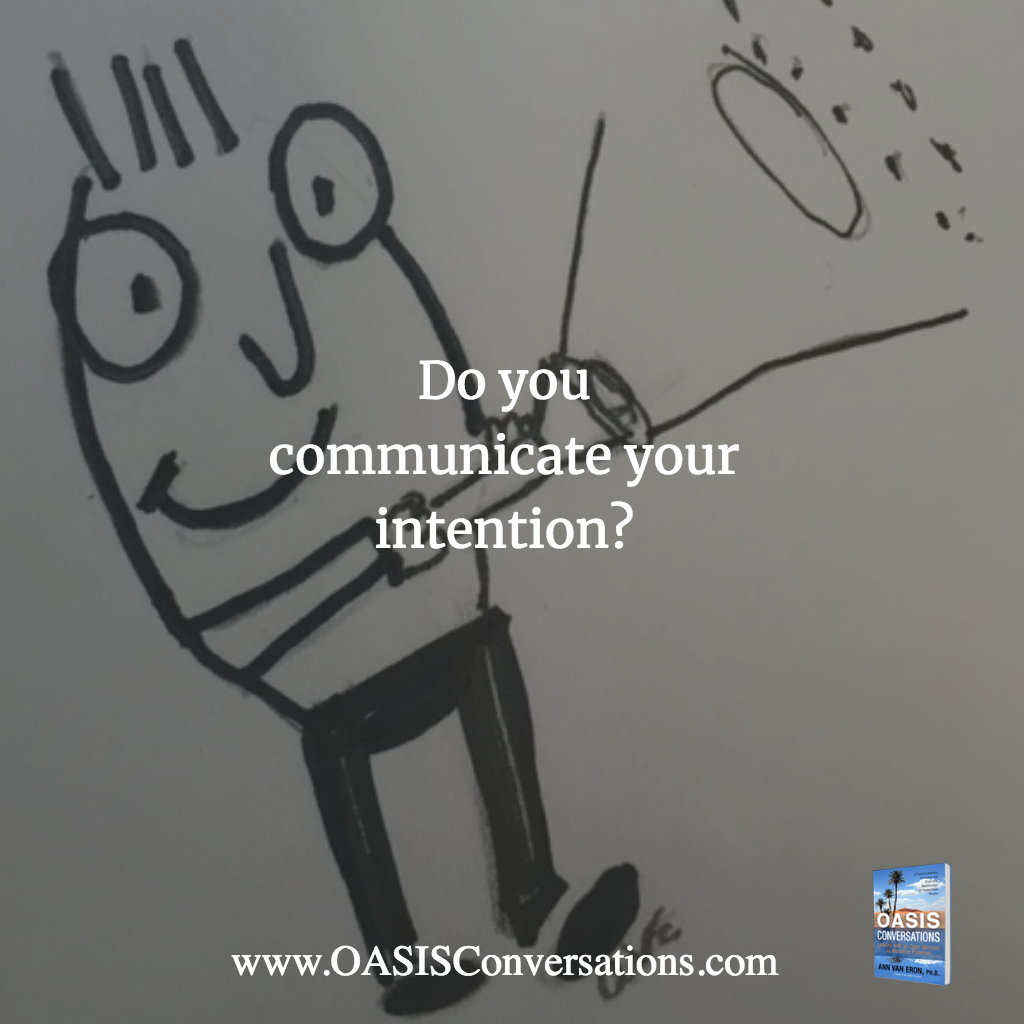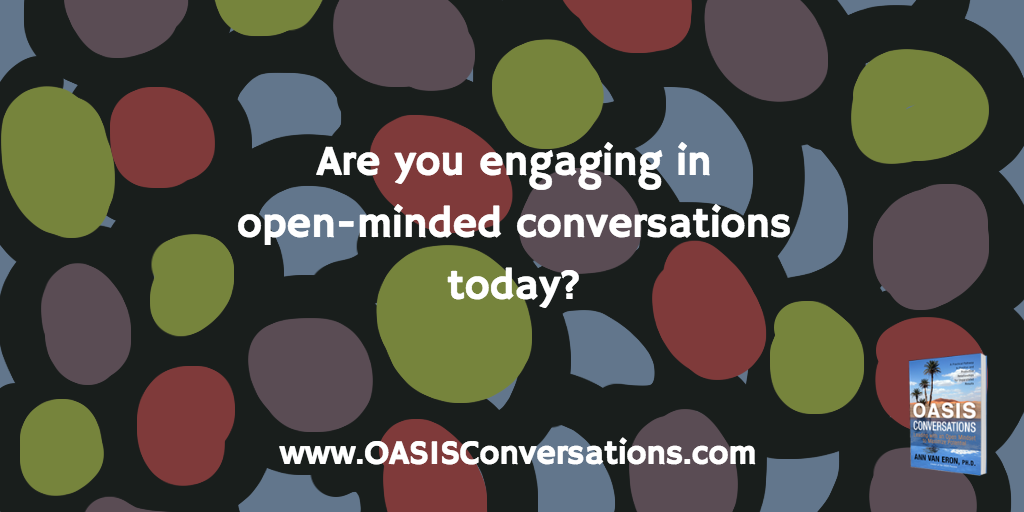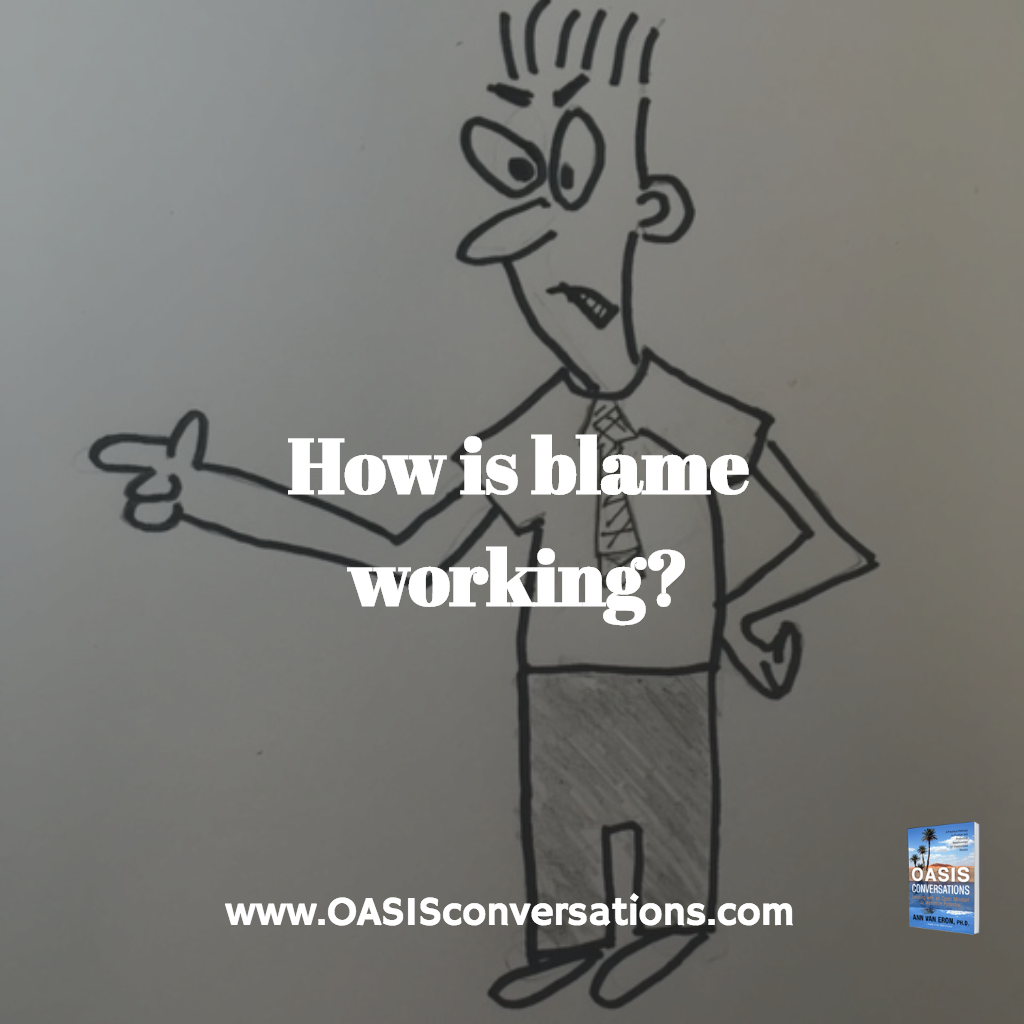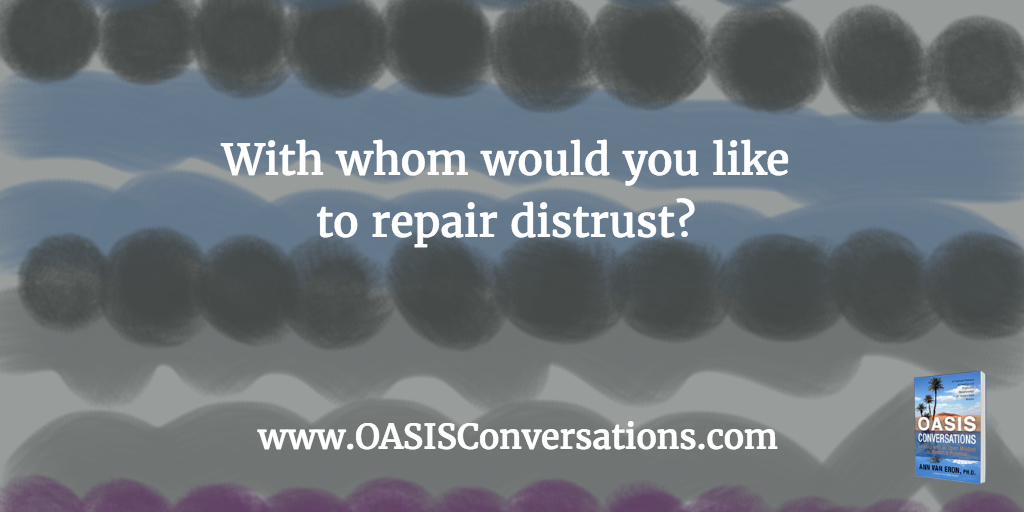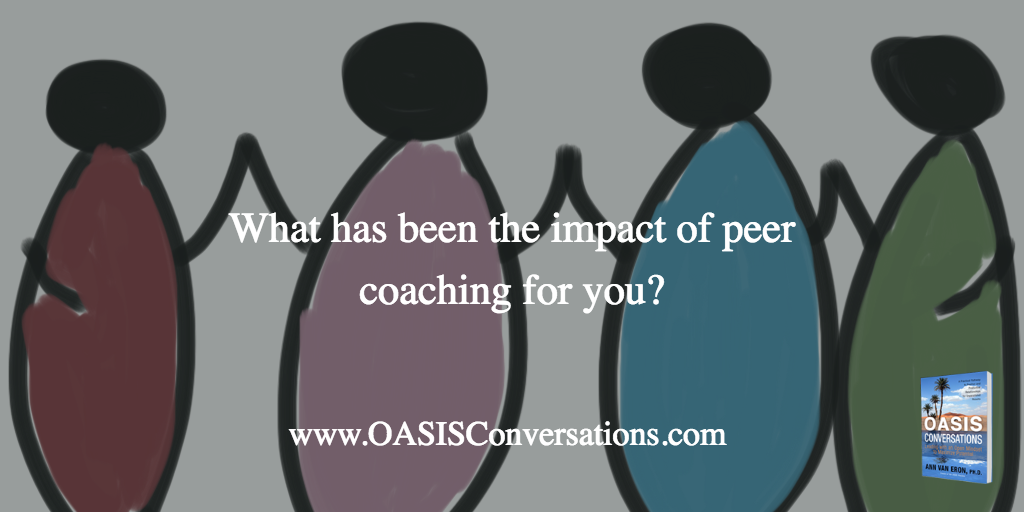
Some of my most meaningful learning has come from groups of peers who provide real feedback and support. I have had the fortune of being in such groups and facilitating peer learning groups throughout my career. For example, I have facilitated groups of CEOs of companies, people responsible for changing organization cultures, change agents, various professionals, managers, students and coaches.
Peer coaching allows participants to receive support on a strategic challenge, opportunity or learning goal they are facing in a positive environment. Participants gain valuable input in an efficient, effective and enjoyable way. The impact goes beyond the individual to be a positive force for an organization or community.
While there are many formats for peer learning groups, a central theme is creating a safe space for reflection, learning and sharing perspectives. It is valuable to hear multiple views, receive real-time feedback and to explore how to be effective with peers. We realize that we are all learning and “we don’t know what we don’t know.” Participants receive “ just in time” challenge and support. In addition to creating awareness, the peer group provides a sense of accountability that supports taking action and results.
I actually started peer coaching in my high school many years ago. I saw that students were more open to learning from peers and gained the benefit of being a part of a community. I believe that peer coaching supports progress on various content issues as well as strengthens emotional, social and collective intelligence. Peers gain a deeper appreciation for what others are facing and enhance their communication and coaching skills.
I am using peer coaching in companies to enable managers and others to practice conversation skills and adopting an open mindset. Participants learn coaching principles. It is a way of changing an organization’s culture and supporting people in building habits and extends the benefit of training. Engagement is enhanced and it supports creating the desired organizational culture. Participants value the relationships formed and it supports them in being more productive. Given our increasingly volatile environment, peer coaching creates the space for innovative collaboration.
I recall one peer coaching group that was comprised of directors of various functions of a major organization. One particular leader was aggressive and difficult for peers. He perceived that he knew more than others and had a reputation of being uncooperative. He received support and feedback and dramatically shifted his way of communicating. He became more open and supportive. He said that the experience changed how he interacted with staff and others in his personal life. The bonds formed supported the leaders and allowed the company to make significant changes that did not seem possible beforehand. The company became dramatically more profitable.
I recently participated in a peer coaching summit and more organizations and coaches are creating peer coaching experiences. Peer coaching is being used in leadership and management development programs, for problem solving, to support culture change, for embedding and integrating learning, to support transitions, for achieving goals and networking and for professional and personal development.
Research shows emotions are contagious and we are influenced greatly by those we interact with. Creating a positive, growth-oriented experience with other peers may be what we all need these days when faced with multiple challenges and fewer resources and less time. Many participants say that peer coaching is one of their best learning experiences and that many of the relationships formed last a long time. The best way to evaluate the power of peer coaching is to experience it.
Of course, there is still a need for executive and other coaching. Peer coaching is one way to expand some of the clear benefits of coaching including listening with curiosity, creating awareness and determining action and accountability to a wider group.
What kind of peer coaching experiences are you a part of and what has been their impact? Contact us at any time.



